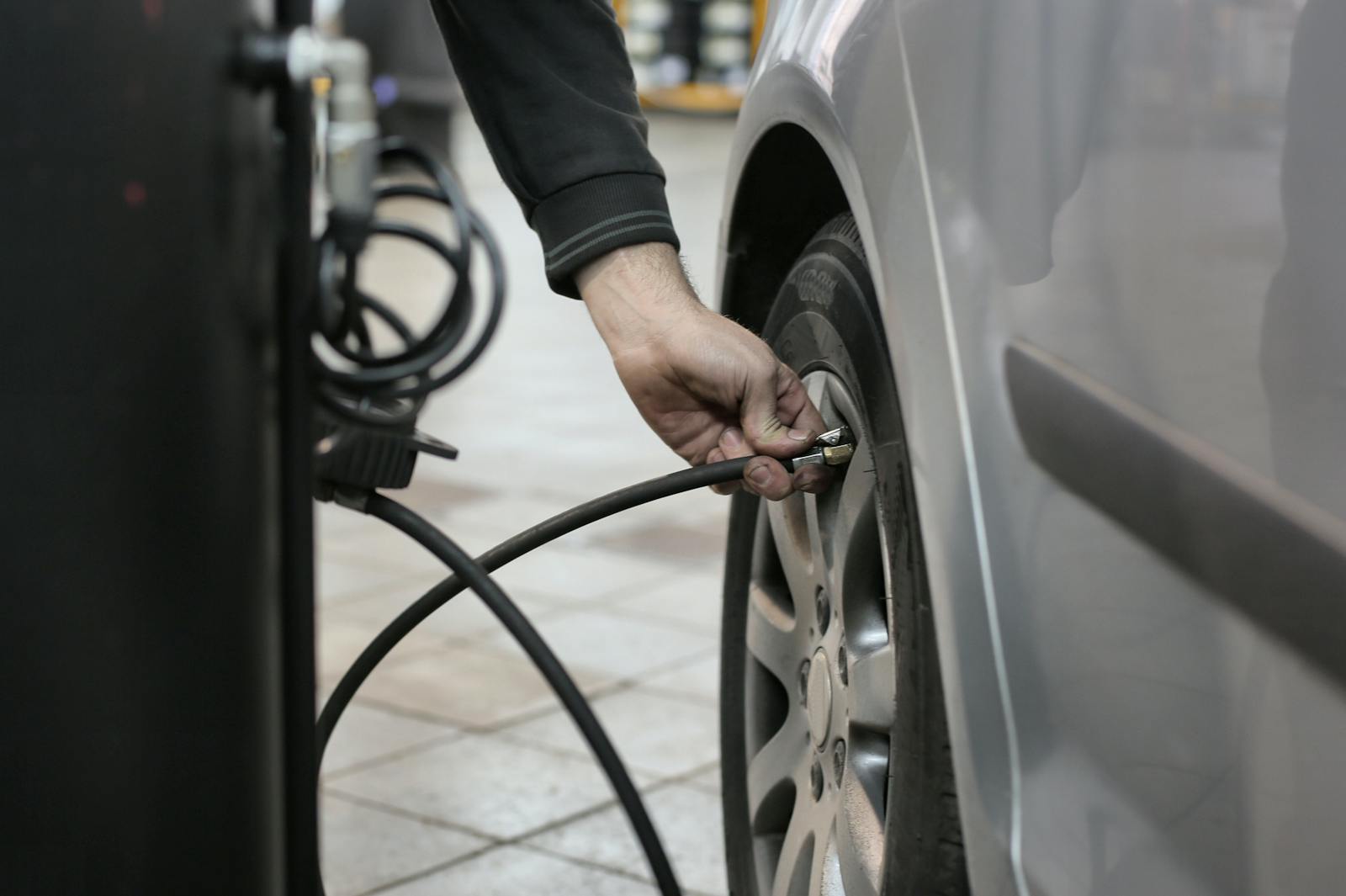
Understanding the correct tire pressure for different driving conditions is crucial for vehicle safety and performance. This information is especially vital for off-road enthusiasts and everyday drivers alike, as improper tire inflation can lead to accidents, reduced fuel efficiency, and increased tire wear. With various studies indicating that nearly 50% of drivers operate their vehicles with incorrect tire pressures, the need for awareness is more pressing than ever.
Why Tire Pressure Matters
Tire pressure impacts several aspects of a vehicle’s performance, including traction, fuel efficiency, and overall handling. According to the National Highway Traffic Safety Administration (NHTSA), improperly inflated tires can reduce fuel efficiency by up to 3%. Furthermore, tires that are not inflated to the manufacturer’s recommended levels can lead to blowouts, especially when driving on rugged terrain.
For off-road driving, the right tire pressure can enhance traction, while the wrong pressure can lead to loss of control or damage to the tires. Conversely, street driving requires maintaining manufacturer-recommended pressures to ensure optimal handling and braking performance. Understanding these differences can help drivers make informed choices for their vehicles.
Recommended Tire Pressures for Street Driving
For most everyday vehicles, the recommended tire pressure typically falls between 30 and 35 psi (pounds per square inch). For instance, the 2020 Honda Accord recommends a tire pressure of 32 psi for both front and rear tires when cold. Maintaining this pressure ensures that the vehicle handles well on paved roads, maximizing fuel efficiency and minimizing tire wear.
Factors such as load, temperature, and driving conditions can influence this number. Drivers should check their tire pressure monthly and adjust as necessary, particularly before long trips or during extreme weather changes. Tire pressure can decrease by about 1 psi for every 10-degree drop in temperature, making regular checks essential during colder months.
Optimal Tire Pressures for Trail Driving
When venturing off-road, the recommended tire pressure can differ significantly from standard street settings. Many off-road enthusiasts suggest lowering tire pressure to between 15 and 25 psi to enhance traction on uneven surfaces. For example, a 2021 Jeep Wrangler equipped with all-terrain tires may perform better at 20 psi when tackling rocky trails or sandy dunes.
Reducing tire pressure increases the tire’s footprint, allowing it to grip the ground better and absorb shocks from obstacles. However, it is crucial not to go too low; pressures below 15 psi can lead to tire bead separation, where the tire detaches from the wheel. Therefore, finding the right balance is essential for safe off-road driving.
Understanding Your Vehicle’s Specifications
Every vehicle has a specific tire pressure recommendation, which can typically be found on a label located on the driver’s side door jamb or in the owner’s manual. For instance, the 2022 Ford F-150 recommends a tire pressure of 39 psi for its all-season tires when fully loaded. Drivers should always adhere to these specifications, as they are designed to optimize safety and performance for that specific model.
Additionally, tire pressure can vary based on the type of tires being used. All-terrain or mud-terrain tires may have different optimal pressures compared to standard road tires. Always consult the tire manufacturer’s guidelines when making adjustments for off-road driving.
Monitoring and Adjusting Tire Pressure
Regularly monitoring and adjusting tire pressure is essential for both street and trail driving. The NHTSA recommends checking tire pressure at least once a month and before long trips. Drivers should invest in a reliable tire pressure gauge and consider purchasing a portable air compressor for on-the-go adjustments.
Moreover, drivers should be aware of the signs of under-inflated or over-inflated tires. Symptoms include uneven tread wear, decreased fuel efficiency, and poor handling. Ignoring these signs can lead to accidents and costly repairs, making proactive maintenance critical.
Conclusion: Take Action Now
Understanding the differences in tire pressure requirements for street and trail driving is vital for vehicle safety and performance. With the right knowledge, drivers can enhance their vehicle’s handling, fuel efficiency, and overall safety. Make it a priority to check your tire pressure regularly and adjust accordingly based on your driving conditions.
Don’t wait until it’s too late; ensure your tires are properly inflated for your next adventure or daily commute. Take a moment today to check your tire pressure and consult your vehicle’s specifications to optimize your driving experience.
